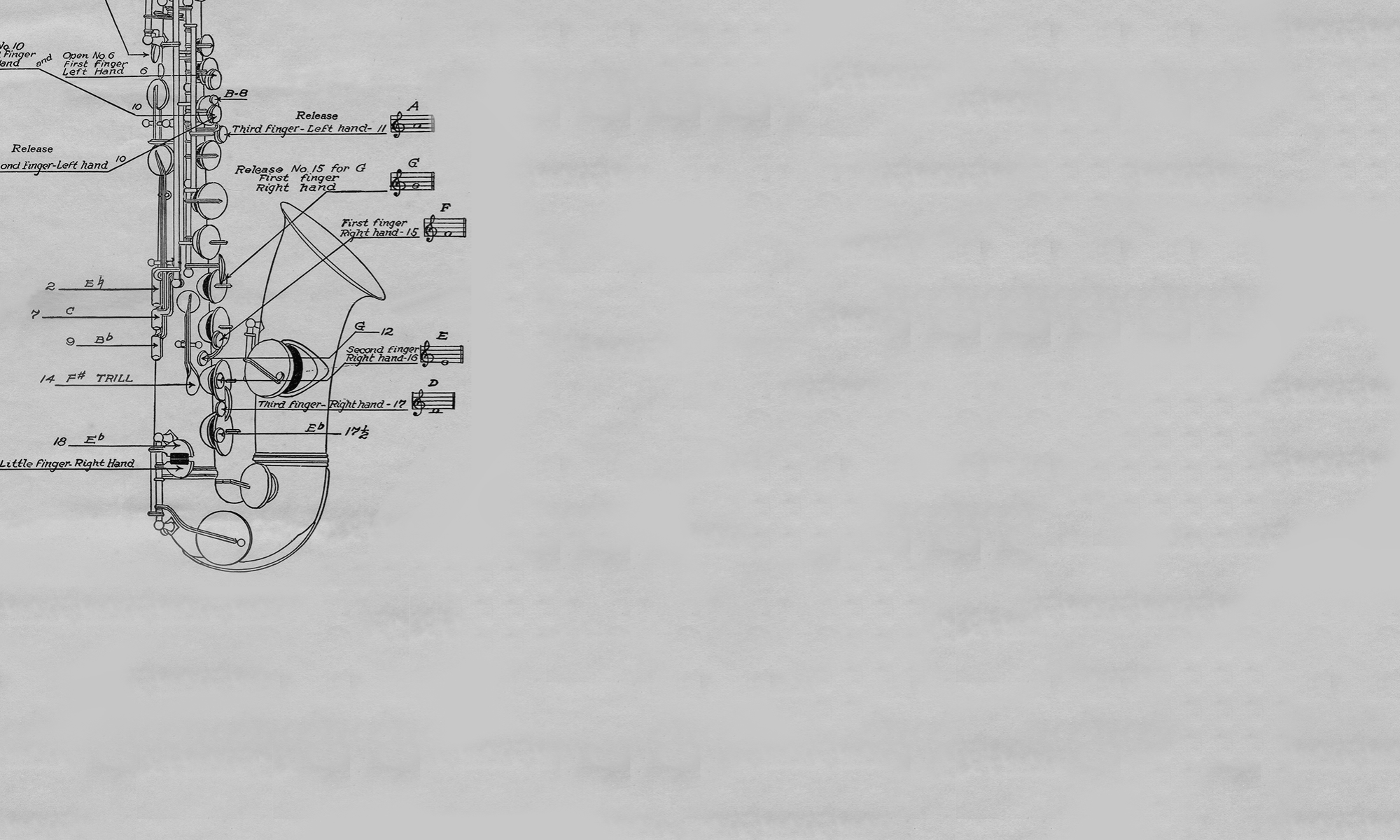from the Bruce Vermazen Research Papers on Tom Brown – Silver plated brass
The French music instrument company Couesnon & Cie made this C-Melody saxophone for the 1900 Paris Universal Exposition, which celebrated France’s technological achievements. Tom Brown purchased this saxophone sometime after 1900, and he played it along with an original 1863 Adolph Sax soprano, which was given to him in April 1919 by A. H. “Doc” Waggener. Brown began using both instruments in live performances of the Brown Brothers starting in 1920. However, he did not use the soprano for any of the Brown Brothers’ later audio recordings with the Victor and Emerson companies.
The Couesnon & Cie Company began its life in 1845 as the Guichard music company, at that time considered France’s largest music instrument manufacturer, under the leadership of Pierre Louis Gautrot. Gautrot’s company eventually began producing and selling counterfeit copies of Adolph Sax’s new saxophones throughout Europe in the late 1840s for less than Sax’s company was charging. Sax then sued Gautrot for patent infringement and Gautrot counter-sued to nullify Sax’s patents for his new line of instruments. In 1854 the French courts ruled in favor of Sax, but Gautrot continued mass-producing saxophones by hand and later modernized in the 1880s to use steam engines to stamp and shape his company’s instruments.
In 1882 Gautrot’s son-in-law, Auguste Amédée Couesnon (1850-1931), took over the management of Guichard and changed the company’s name to Couesnon & Cie. Couesnon’s C-melody alto saxophone was derived from Adolph Sax’s original design for a non-transposing saxophone that was pitched in C, but by this time, Sax’s control of his saxophone patents had expired. However, Couesnon’s design for this and its other saxophones starting in 1888 utilized what at that time were the first “modern” key mechanisms for these instruments. These innovations provided a mechanism that allowed the F/F# keys to close the G# key, a single key to play the low B-flat, the repositioning of the low E-flat key so that it could be played with the right-hand pinky, and a modified mechanism to play the G# trill key.
